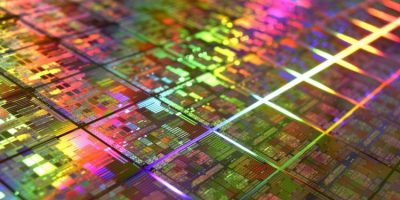Embedded flash has high voltage options for hybrid mixed-signal use
The second generation of MagnaChip Semiconductor’s 0.13 micro eFlash technology has 20 and 30V options. The technology is specifically designed to address the needs for multi-function hybrid mixed-signal products, including touch ICs, fingerprint readout ICs and wireless power charger ICs, explains MagnaChip.
To meet the growing complexity of analogue and mixed-signal functions, IC designers are integrating multiple functions into a single product, and this Embedded Flash (eFlash) hybrid process is cost-competitive, claims MagnaChip. The example of wireless power charger ICs illustrates the complexity, with a mix of digital logic, analogue blocks, power management functions and embedded microcontrollers. To design and manufacture such multi-functional products, hybrid processes capable of integrating various devices have become highly desirable, says MagnaChip.
The second generation 0.13 micron eFlash has high performing and highly reliable embedded Flash. It is cost-competitive because it reduces seven process steps in comparison to the first generation 0.13 micron eFlash. It also provides customised IP up to 64kbytes. Even with the addition of the high voltage option, the hybrid process maintains the original eFlash characteristics, confirms MagnaChip.
Customers can now select either 20V or 30V, to meet a product’s characteristics with the option to choose IP such as SRAM, PLL analogue IPs, high density standard cell libraries and high voltage I/O libraries. The company also points out that the hybrid process provides fully isolated high-voltage capability for the output driver to handle negative voltage, thereby allowing higher design flexibility.
The newly developed hybrid process uses the high-voltage devices which have already been verified for reliability in display driver IC (DDIC) technology and can minimise high-voltage area in chips through more optimised design rules and enhanced current performance. The high-voltage capability is particularly important for products needing high-voltage output drivers and those requiring high signal to noise ratio (SNR), for example touch ICs in tablets and notebooks which mainly use 20V and the monitors use 30V.
The next version of the hybrid embedded eFlash process is already under development to extend the voltage capability to 40V.




